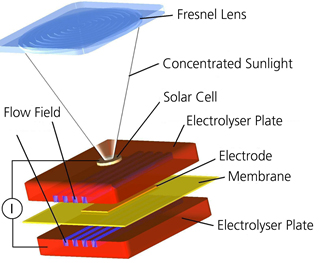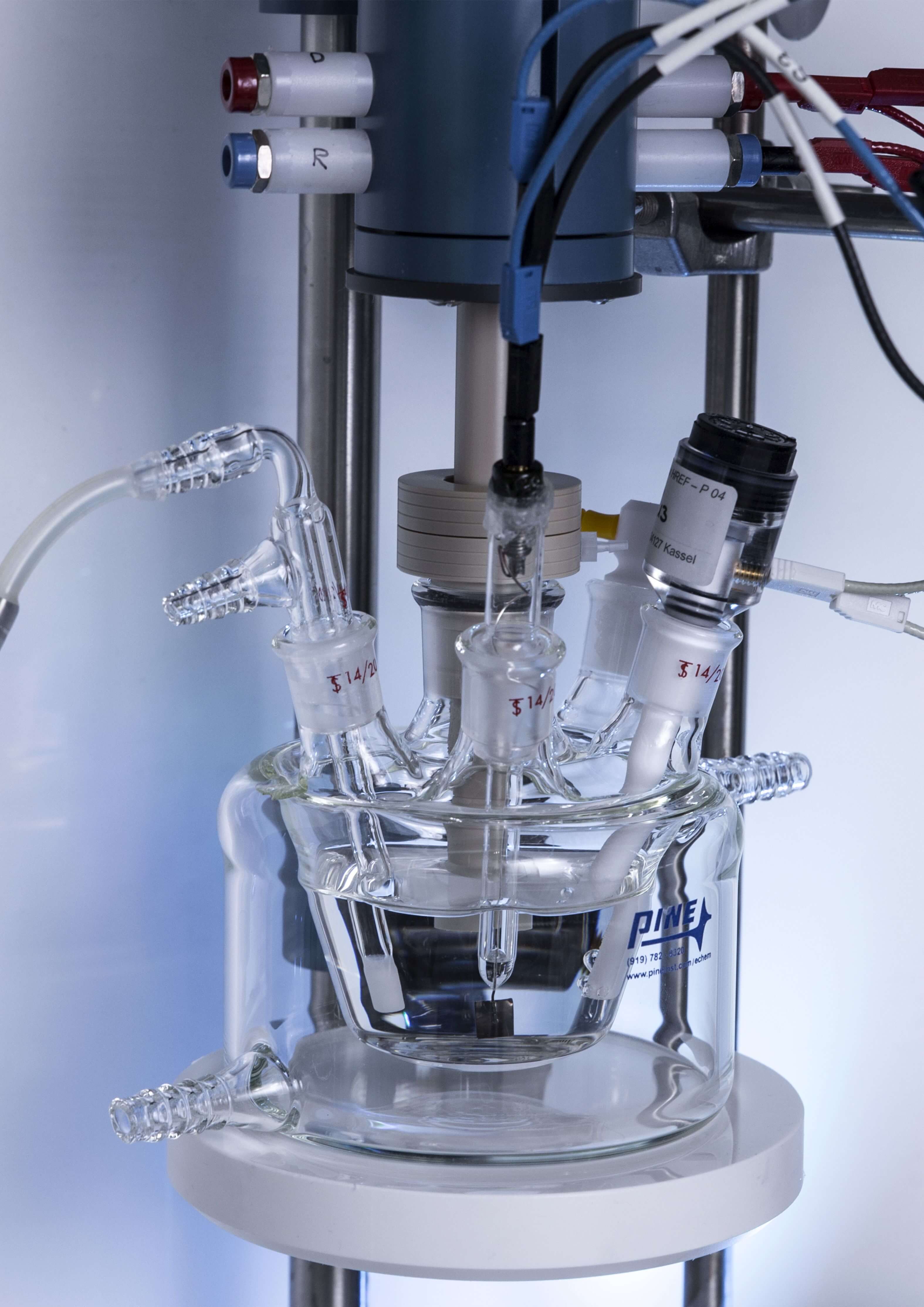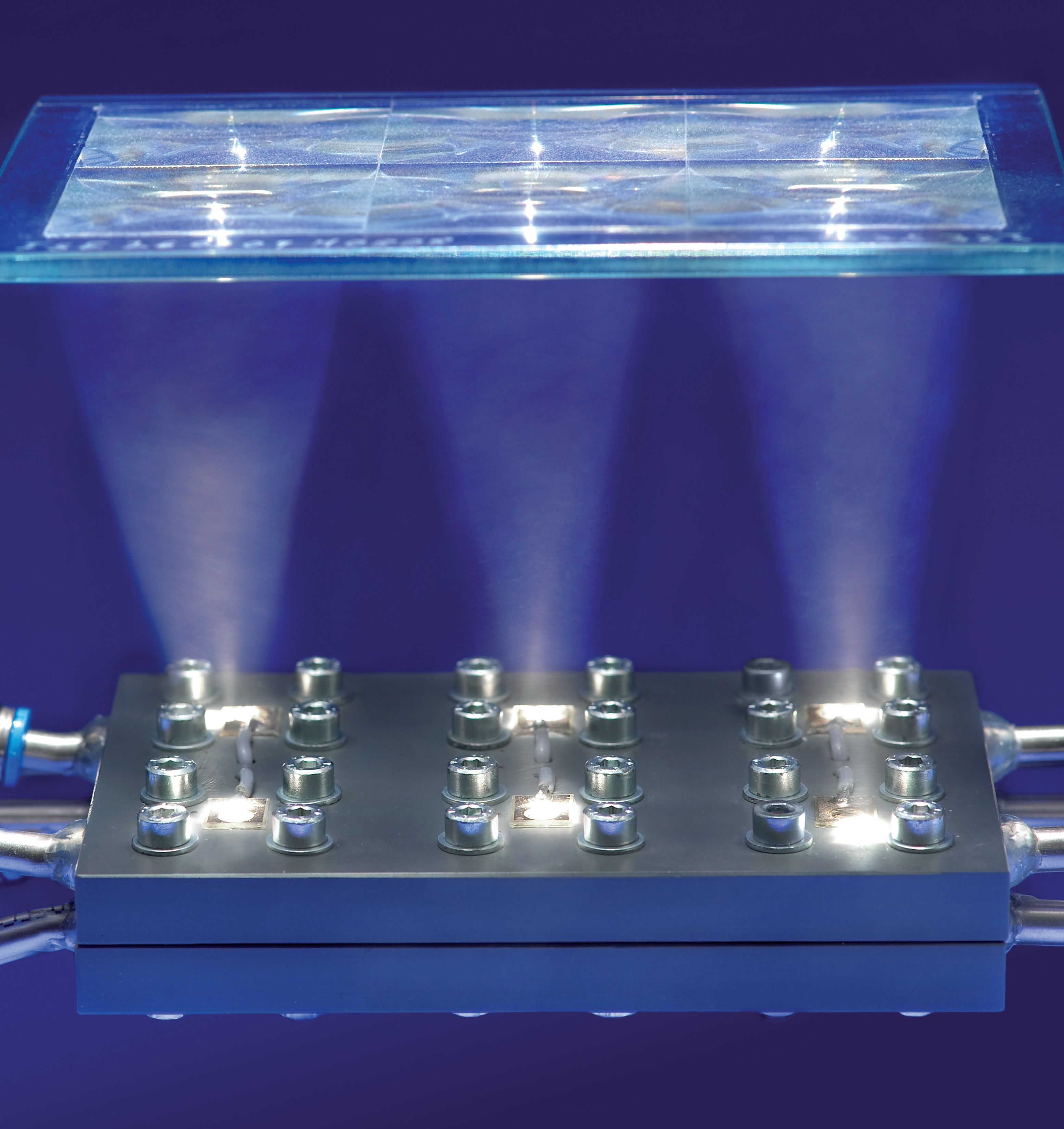| Duration: | December 2013 - September 2016 |
| Contracting Authority/ Sponsors: | German Federal Ministry of Education and Research (BMBF), Projektträger Jülich |
| Project Partners: | Fraunhofer Institute for Chemical Technology ICT, Institute Institute of Chemical Process Engineering, Stuttgart, Department of Microsystems Engineering IMTEK, Freiburg |
| Webseite: | http://forschung-energiespeicher.info/projektschau/gesamtliste/projekt-einzelansicht/95/Sonnenenergie_direkt_in_Wasserstoff_umwandeln/ |
| Project Focus: |
HyCon – Solar Hydrogen Generation Using a HyCon System
Using electricity generated from renewable resources, hydrogen can be generated CO2-neutrally using electrolytic water splitting. In conventional solar hydrogen generation systems, PV modules are coupled using direct current matching to a central electrolysis unit. The disadvantages of this approach are the complex system setup and the high investment costs. Due to the high costs, this technology has not been established so far. The objective of this joint project is a simplification of the system using an integrated approach. Highly efficient III-V multi-junction solar cell are directly connected to an electrolysis cells in a concentrator module. This way, conversion efficiencies from sunlight into hydrogen > 20 % can be achieved.
At Fraunhofer ISE, efficient solar hydrogen generation has been researched for more than 20 years. Based on the significant advances in the area of III-V solar cells for commercial terrestrial applications, solar cells are now available which are suitable for this innovative technology approach. Technical feasibility could be demonstrated using first test setups in internal preliminary work. During this work, record values of greater 18 % were already achieved for the conversion efficiency from sunlight to hydrogen. The conversion frequency should be increased to over 20 % within the scope of the project. The range of research tasks presented here – from fundamental material research questions to complete system solutions – requires interdisciplinary collaboration between university and non-university partners. The project consortium is formed by Fraunhofer ISE and ICT, IMTEK Freiburg and ICVT Stuttgart.


